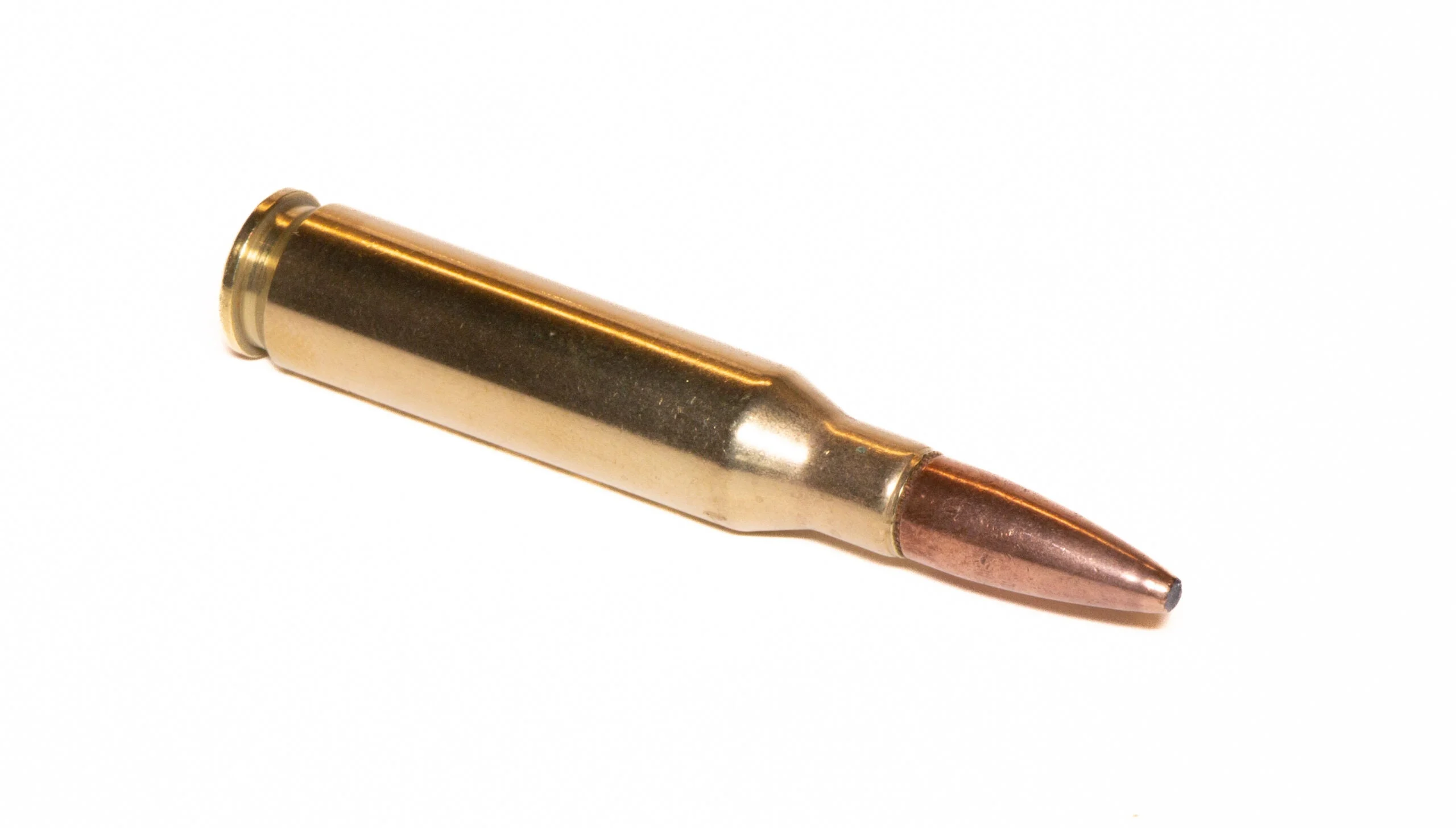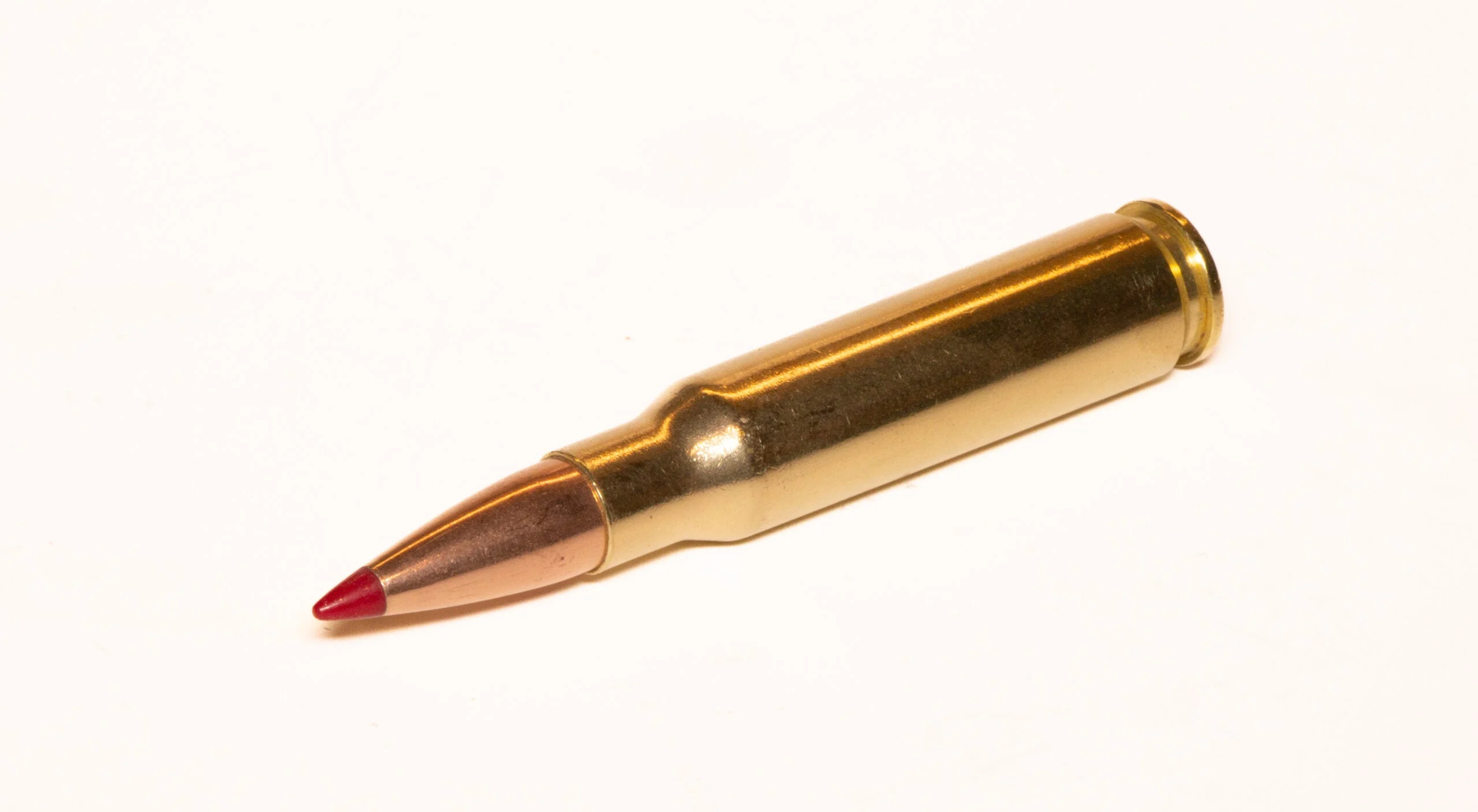_We may earn revenue from the products available on this page and participate in affiliate programs. Learn more ›
_
Although the 7mm 08 vs 308 Winchester is a common debate, their performance is so similar that the argument is mostly an exercise in hair splitting. On the other hand, hair splitting is a favorite activity of most shooters, so why not? The 308 Winchester is the more popular of the two, partly because of its military heritage. But also because Americans really like 0.30-caliber cartridges. Those who prefer the 7mm 08 argue that anything you can do with the 308, you can also do with the 7mm 08, with a little less recoil, which make the latter better. So, are they right? Here’s a look at the full comparison—within the categories that matter—and what the hairs look like after we’ve split them.
Learn how to subscribe to the new Field & Stream magazine here!
7mm-08 Remington Overview

Though not as popular as the 308 Winchester, the 7mm 08 Remington is, for all practical purposes, just as effective on game—and can be a bit better at extreme range. Richard Mann
The 7mm 08 was a popular wildcat cartridge long before Remington introduced it in 1980. It’s nothing more than a 308 Winchester necked down to accept a 0.284-caliber (7.21mm) bullet. It gets its 7mm name, not from its bullet diameter, but from the 0.277-inch/7.03mm bore diameter in the barrel. The Sporting Arms and Ammunition Manufactures Institute (SAAMI)
, which sets the standards for American-made firearms and ammunition, limits the cartridge to a maximum average pressure (MAP) of 61,000 psi and stipulates a 1-in-9.5 rifling twist rate. This allows 7mm 08 rifles to stabilize long, slender bullets with a high BC, which should make the cartridge a good choice for long-range shooting, because higher BC bullets shoot flatter and drift less in the wind. However, most 7mm 08 factory loads do not take advantage of this attribute. Still, this cartridge is suitable for hunting any non-dangerous game animal anywhere in the world, and a lot of hunters think it beyond reproach when it comes to deer hunting.
308 Winchester Overview

The 308 Winchester is very likely the most popular cartridge for big-game hunting worldwide. Richard Mann
Like most rifle cartridges with a military heritage, the 308 Winchester is very popular. Though it’s slightly inferior to the grand old 30-06 Springfield ballistically speaking, it has eclipsed the ’06 in popularity. It has served as a sniper cartridge for military and police, has spent a great deal of time in distance competition, and hunters use it all over the world. Jeff Cooper, the man who codified the Scout Rifle, selected the 308 Winchester as the ideal general-purpose cartridge. That’s hard to argue with. SAMMI specifications for the cartridge set the MAP at 62,000 psi and call for rifles with a 1-in-12 twist rate. That said, most modern 308 rifles have the faster 1-in-10 twist to work better with heavier bullets that have a higher ballistic coefficient (BC). Almost every new bolt-action rifle introduced these days comes in 308 Winchester. Aside from the 223 Remington, it may well be the most popular rifle cartridge in the world.
7mm 08 vs 308: Velocity
As with all cartridges that share essentially the same case capacity, the cartridge that launches the larger-caliber bullet (assuming the same or similar bullet weight) will have a bit more velocity. This is because the pressure inside the case and barrel has more surface area to push on with the larger-caliber bullet. However, except for 150-grain bullets, the 7mm 08 and the 308 rarely use bullets of the same weight. With similar bullet weights, the 308 Winchester will most often have a higher velocity at the muzzle, but the difference is minimal—usually only about 100 fps or so.
Advantage: 308 Winchester

7mm 08 vs 308: Energy
Because a bullet’s kinetic energy is largely dependent on velocity, and because the 308 Winchester is typically used with slightly heavier bullets than the 7mm 08, you’re going to see more energy from the 308 Winchester. There are some 7mm bullets that are very sleek and have a high BC. With these bullets, the 7mm 08 can retain velocity and energy better at extreme distance. However, this generally only occurs at ranges beyond what most hunters consider practical/ethical shooting distances.
Advantage: 308 Winchester
7mm 08 vs 308: Trajectory & Wind Drift

Because trajectory is determined by a bullet’s BC and velocity, and because bullet weight plays into velocity, the trajectories of these cartridges are very similar at practical hunting ranges. About the only bullet weight these two cartridges share is 150 grains. If you compare the 150-grain Nosler AccuBond in each cartridge, you’ll find that the 7mm bullet (0.546 BC) has a similar trajectory to the faster .308-caliber bullet (0.435 BC). But because of its higher BC, the 7mm bullet will drift substantially less in the wind. It will also overtake the 308 Winchester in all ballistic categories beyond 500 yards. With the right bullet, the 7mm-08 can perform better than the 308 Winchester at distance, but factory ammunition options allowing for this are limited. For most hunting-related applications, there’s just not enough trajectory difference between the two to matter.

Advantage: Tie
7mm 08 vs 308: Recoil
Few shooters consider either of these cartridges to be hard kickers. With most scoped rifles, the recoil impulse will be less than 20 foot-pounds for both. But let’s compare them in a very lightweight rifle, like the Wilson Combat NULA
that weighs in at right around 5 pounds. Field ready, with a riflescope and a suppressor, this rifle will tip the scales at about 7 pounds. With their hardest hitting loads, both cartridges will break the 20-foot-pound mark in a rifle this light. The 7mm 08 will recoil with minutely less force, but the reality is that for most shooters, the difference in recoil will be indistinguishable.
Advantage: Tie
7mm 08 vs 308: Ammo Selection
The 7mm 08 is just not as popular as the 308 Winchester. This means there are fewer factory loads to choose from. A major on-line retailer lists only 30 options for the 7mm 08 Remington but catalogs more than 150 for the 308 Winchester. Granted, some factory 308 Winchester loads are match loads, but some are also budget loads. If you plan to hunt a wide variety of species, you’ll have more options to perfectly pair the ammo to the animal with the 308 Winchester. Similarly, if you’re wanting to plink or compete, there’s more 308 Winchester loads suitable for those purposes. For handloaders, there’s no practical difference.
Advantage: 308 Winchester
7mm 08 vs 308: Picking a Winner
If you’re looking for a single rifle to hunt a wide range of animals all over the world, the 308 Winchester is the best option. This is mostly because there are more factory rifles and many more factory loads, in more bullet styles and weights, for the 308 Winchester. Also, with the 308, you’re much more likely to be able to find ammo, no matter which state or country you might be hunting in. But if you use the proper bullet, neither deer, pronghorn, nor elk will be able to tell if they were shot with a 7mm 08 Remington or a 308 Winchester. More important, you won’t be able to tell any difference either.






